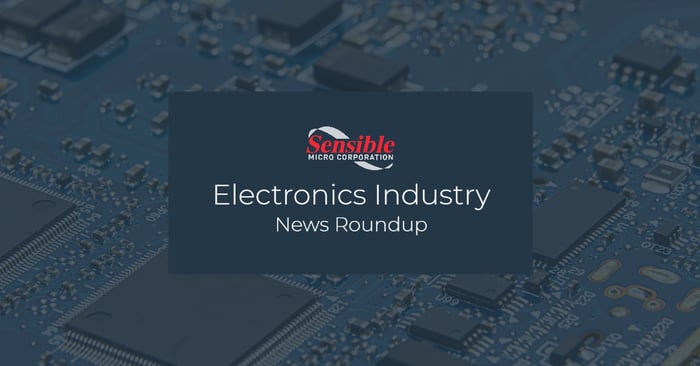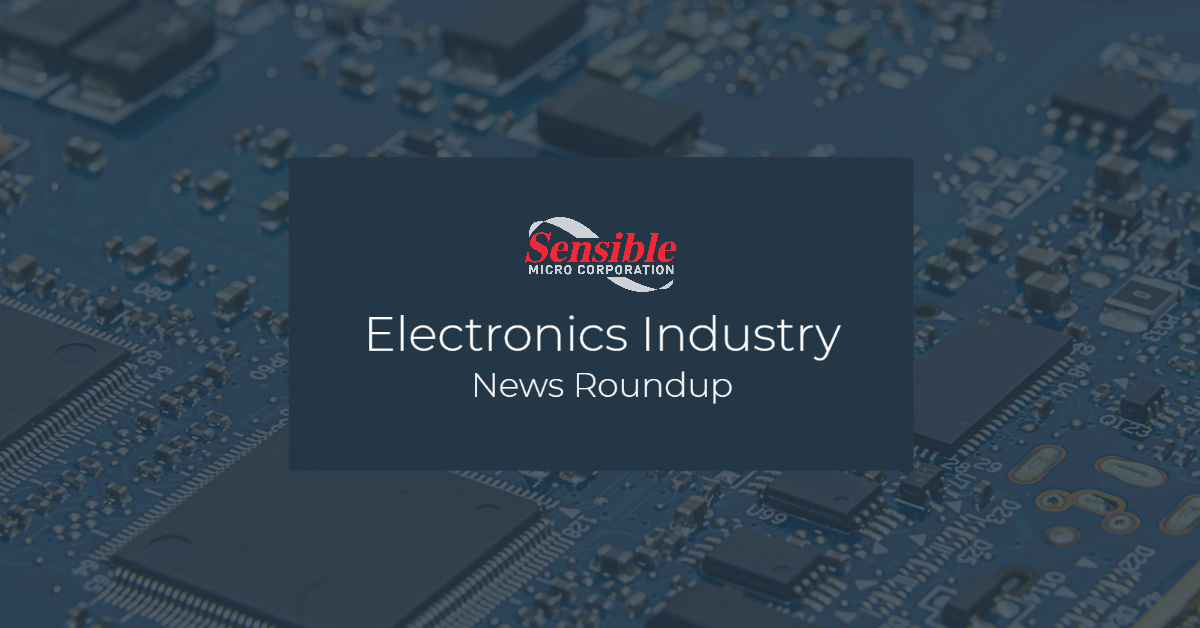Lite-On Semi shareholders OK acquisition by Diodes:
(Source) On 10/28/19, Lite-On Semiconductor, a manufacturer of semiconductor devices, was acquired by Diodes, a US-based manufacturer of high-quality application-specific standard products. Diodes will acquire all outstanding Lite-On shares for $1.37 USD each, cash. This transaction is projected to close in April 2020. As part of the acquisition agreement, Lite-On will no longer be trading its shares on the Taiwan Stock Exchange (TWSE) and will be solely owned by Diodes. “The acquisition deal is for the best interests of shareholders and employees,'' said Raymond Soong, current chairman of Lite-On. This acquisition will allow Lite-On to pursue its next stages of development and Diodes to further diversify its offerings.
Automotive Power Electronics Market- $23B by 2026:
(Source) A recent study conducted by Acumen Research and Consulting projects that the global automotive power electronics market will grow by 19% CAGR between 2018 and 2026, with expected market valuation equating to approximately $23B USD by the end of that time period. Power electronics in the automotive sector include electric power steering, braking systems, HEV main inverters, seat controllers and other like features. ECs used in such power electronics include, but are not limited to, diodes, silicon-controlled rectifiers (SCRs), power MOSFETs, and thristors.
Texas Instruments causes a chip wreck, and technical analyst warns of more pain:
(Source) As discussed on CNBC, there’s currently a ‘chip wreck’ going on and Texas Instrument is said to hold the blame. On 10/22/19, being down 2% and priced at $121.30, the VanEck Vectors Semiconductor ETF (SMH) stock became ETF’s worst-performing stock of the day. It is believed that TI might not be the only chip stock in tribulation. ″[We’ve] started to see a lot of signs slowing down in this group, and after a 40% run since last December, it’s never a great sign to see a leading group like this start to wane,” said Mark Newton, the president and founder of Newton Advisors, on CNBC’s ‘Trading Nation.’ Newton also noted that an 'ending diagonal triangle' pattern can be seen forming in a chart of the SMH. Newton believes that if this pattern continues and price levels shift to below $115, things might make a turn for the worst.
Electronics manufacturers are feeling the effects of US-China trade war:
(Source) According to a survey conducted by IPC, about 90% of US electronics manufacturers are troubled by the recent tariff increases causing some (21% of companies) to invest less into the United States. Other findings of IPC’s survey include:
- 25% of companies have reported that over half of the dollar value of the products they import are facing higher tariffs
- 69% of companies have reported lower profit margins
- 13% have started to cut back on hiring and/or have started to let current employees go
- 51% of responding companies reported that they’ve started sourcing material from other countries, as to avoid business interactions with China
The president and CEO of IPC, John Mitchell, commented on the trade war tactics and resulting issues, saying, “Our industry has longstanding concerns about some of China’s industrial policies, including government subsidies and intellectual property violations. But addressing unfair trade practices by ratcheting up tariffs is like using a sledgehammer to make orange juice. In both cases, it’s the wrong tool and makes a mess of the job.” He continued to say, “We call on the governments of the United States and China to de-escalate the tariffs, focus on results at the negotiating table, and conclude agreements that address long-standing issues of concern to both sides.”
2019 Microprocessor Slump Snaps Nine Years of Record Sales:
(Source) The nine-year streak of record-high annual sales, from 2010 to 2018, is expected to end this year. Worldwide MPU revenue has dropped roughly 4% to about $77B USD, according to IC Insights’ 2019 McClean Report Mid-Year Update. This drop is tied to the current US China trade war and 'weakness in smartphones and servers'. Though the streak is ending, microprocessor sales are expected to rebound slightly in 2020, growing approximately 3% to $80B USD and in 2021, MPU sales are forecasted to once again reach record-high sales.
North American Electronics Industry Growth Flattens- October Report:
(Source) Since the beginning of the year, growth of the North American electronics industry has slowed down and the U.S. Purchasing Managers’ Index (PMI) is in decline. Sales of printed circuit boards has flattened, semiconductor sales are still steadily decreasing, and the growth for electronics manufacturing services (EMS) has been positive but notably slow. The negative growth rate seems to have bottomed out at approximately -30%, where it has been since June of this year. Recent declines might be related to the new tariff increases and economic uncertainty but, regardless of the reasons why, these indicators and factors suggest that sales growth for the EMS and PCB industry segments will remain slow.
New Product Releases:
1. Geyer- KX-327RTS Clock Crystal:
This new KX-327RTS clock crystal was created for small-space required applications in devices such as smart cards, sensors, smart traffic management and other RTC applications.
2. AVX- New VLAS Series TransGuard® Automotive Multilayer Varistors:
The VLAS Series MLVs are AEC-Q200 qualified, provide high-reliability bidirectional overvoltage protection and have competitively low clamping-to-working-voltage ratios.
3. NXP- Programmable Baseband Processors
This new Layerscape Access family is fully programmable for 5G Access Edge systems. The processors are innovative with integrated programmable vector engines that’ll support evolving standards and deployment configurations.
New Layerscape Access Families:
- LA1200 family – software-defined baseband processors for mmWave or sub-6GHz: RUs, Integrated Small Cells, and are ideal for DU offload applications.
- LA9350 family – a cost-effective programmable baseband processor. This family addresses lower transceiver density 5G sub-6GHz and millimeter-wave markets.
- LA9310 family – power-efficient software-defined baseband processors designed for 5G timing detection, aerospace, and defense applications.
Stay on top of the latest developments in the industry by subscribing to the Sensible Micro blog today.



















